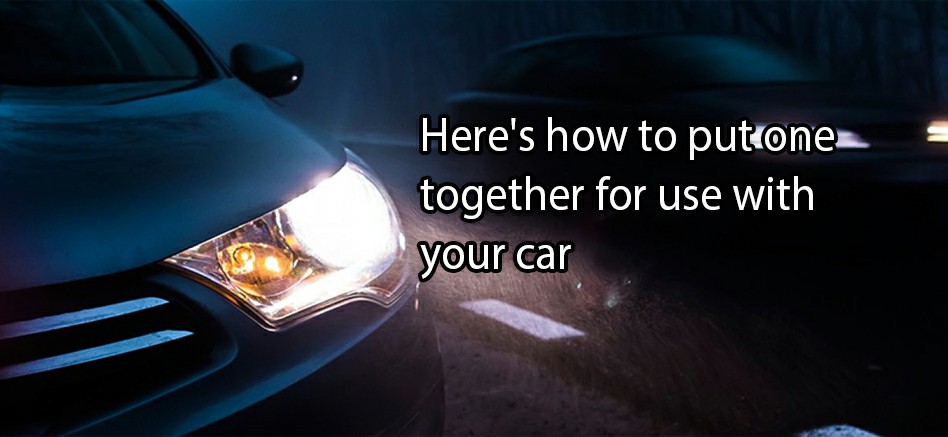
Here’s how to put one together for use with your car
A car or a vehicle is something that is associated with our lives today, from the birth of a child to the hospital until the day he or she dies and one day to the crematorium. So today we will talk about vehicles without further details.
If we buy a vehicle, we can divide it into three main systems.
- Engine
- Transmission system
- Vehicle body and chassis system

Engine
In terms of the engine, this is the primary driver of the vehicle. This will generate enough electricity for the vehicle. When we say the engine of a vehicle, it means that we have to burn some fuel and generate electricity. We can even use an electric motor for that. The popular hybrid or hybrid vehicle engine is also used today.
There are many types of engines. Maybe the inline you’ve heard will say 3/4/5/6 cylinders. It is called V8 / V6. Dilantha Malagamuwa’s Lamborghini car has a V12 engine and it is loved and cherished by all of us. If we talk about engines today, we will never see an end. Because we have to talk about engine parts and engine types. So I hope to talk about that in a separate article.
An engine can never work alone. It requires the help of many different systems.
- Fuel supply system
- Ignition system
- Cooling system
- Lubrication system
- Emission control system
Available in 2 rocket, rocket 4, and rocket 4 cylinders. In addition, engines can be divided into several types depending on the type of fuel used and the type of fuel used. A transmission system can be set up.
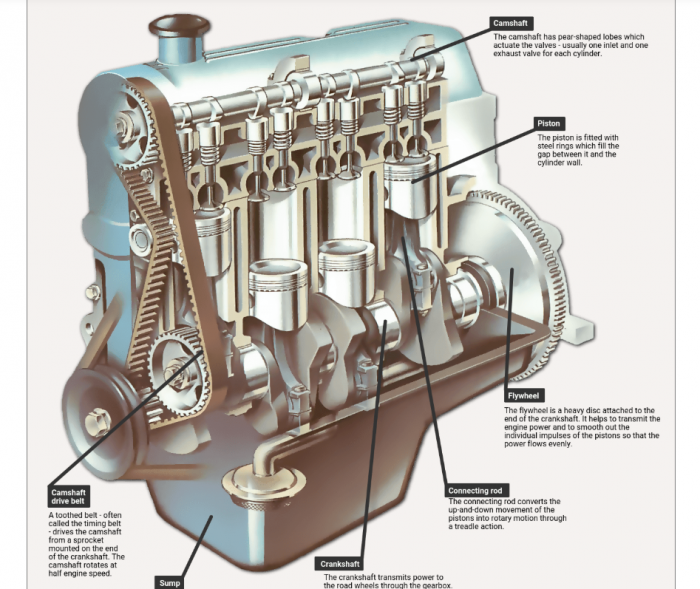
Transmission system
The transmission system or transmission system is what makes a vehicle the best. That said, here’s a story. Remember when I said earlier that an engine produces power? Such power would never have occurred if the engine had been idle. The engine must be rotated to generate power. When the engine is spinning like that, there is some speed, right? We call it engine rpm (revolution per minute). Some vehicles have a separate measure for this.
So this engine converts the rotational speed into torque. In plain English it slows down the engine and produces good power. This is done by the gear wheels. I will explain the other method in the article that talks about the gearbox.
This transmission system is unique to each vehicle. This is divided into several parts along with how it exists.
- Front engine front wheel drive
- Front engine rear wheel drive
- Front engine all wheel drive / four wheel drive
- Mid engine rear wheel drive
- Rear engine rear wheel drive
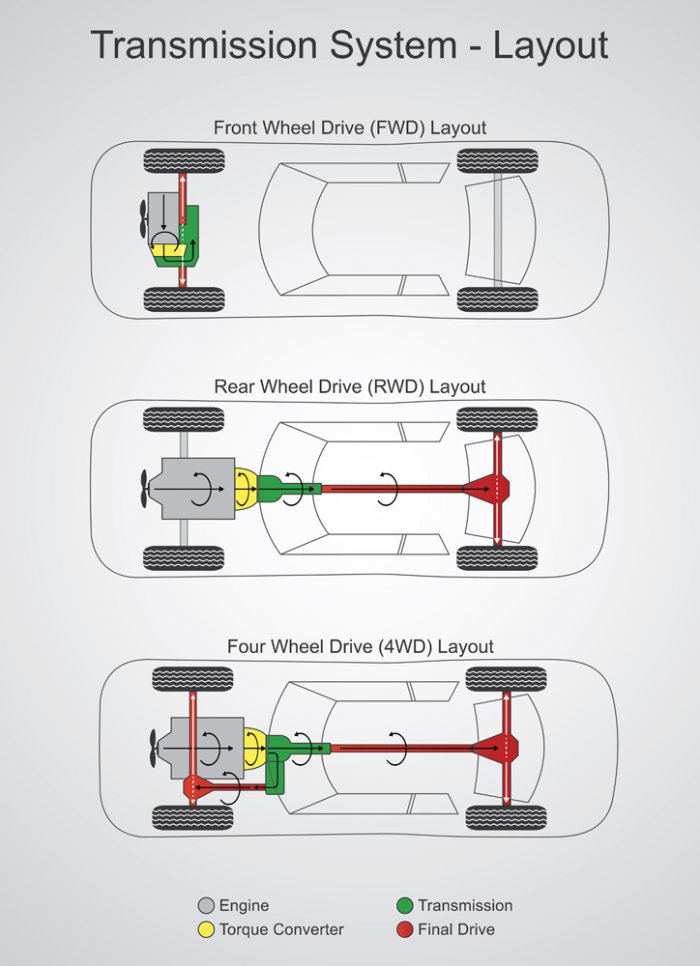
The first of these can often be found in the cars we use everyday. The second type can be found in our Leyland buses, tippers and lorries. The latter type I have mentioned here can often be found on Japanese or Korean buses on highway expressways as well as on recently added Indian buses. Also, the famous Volkswagen beetle which has the highest production in the world is similar in the world as well as in Sri Lanka.
A transmission system requires a multi-device system.
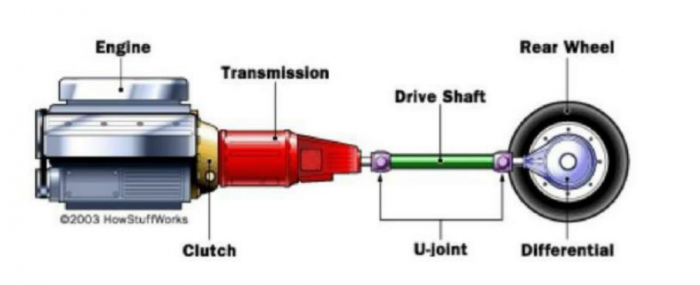
- Clutch – He is in the middle of the engine and gearbox of a vehicle with a manual transmission. It does this by activating and deactivating the connection between the engine and the gearbox when the driver needs it.
- Torque converter – In a vehicle with an automatic transmission, our torque converter operates on the clutch.
- Gearbox – This is what helps to pick-up, reverse and neutralize the vehicle. As we all know this gearbox is divided into two types as auto and manual.
- Propulsion shaft – Not every vehicle has the shaft I am talking about here. This is the case with front-wheel and rear-wheel drive vehicles. This transfers the torque generated by the gearbox to the final drive unit. This is also known as u integration.
- Ultimate drive and differential unit – This includes the crown wheel, pin and differential unit. The final drive we call the crown wheel and pinion. This pin is not found on front-wheel drive vehicles. This is the case with rear-wheel drive vehicles with front engines. This final drive unit converts 90 degrees of power from the propeller shaft into a drive axle. The differential part here is connected to the crown wheel. The differential helps to slow down the front wheels of the vehicle and the outer wheels to rotate faster when the vehicle bends. As in a military walk, if you see a group on the right corner turning left, imagine that the group on the left is moving too fast, that is, the group on the right, the group on the left, the group on the left. Long leg walks. This is what makes the difference.
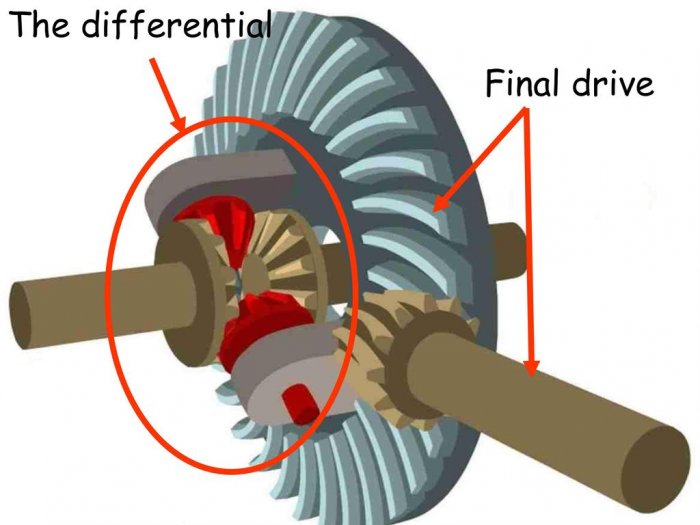
- Drive axle – This is what gives the wheels the power provided by the differential.
- Drive Wheels – Use the drive axle to create a vision with the road or ground to help the vehicle move.
No play, right? Wait a minute …
Can we go now that the wheels of the vehicle are spinning? No, not yet … because we still can’t turn the four-wheel drive. The vehicle cannot be parked. A potholed road is not possible. You cannot protect yourself from the sun and rain. At least the vehicle can’t be started. What do we do about it? We talk about the vehicle chassis system and get an idea.
Vehicle chassis system
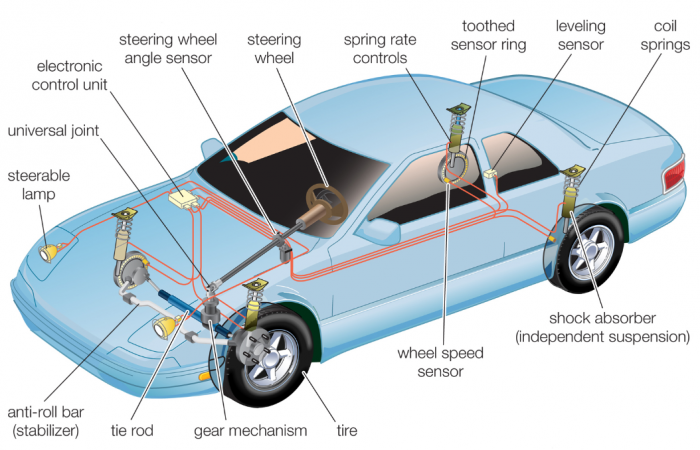
The chassis of the vehicle is attached to the body. Then you wonder if the above is not related to the chassis. When we study automotive engineering, we learn two parts, namely the engine system and the chassis system. This is because even though an engine generates electricity, the chassis and body of the vehicle are driven by the transmission system as well as other parts. Also, about 80% of the entire vehicle is mounted on the chassis or body.
- Brake System – As we all know, it slows down, controls the speed, stops the vehicle, and stops the vehicle safely (parking brake / hand brake).
- Electrical System – Start the vehicle, turn on the headlights, brakelights, signal lights, reverse lights, turn on / off the wiper system. Also, the electrical system helps to activate the vehicle’s ECU (Electrical Control Unit) or the vehicle’s computer control system.
- Steering system – or steering system that controls the direction of a vehicle.
- Suspension system – This controls the unbalanced force on the occupants of the vehicle.
- Body and frame – Like I said before, all the systems here are assembled. In addition, it protects passengers and their luggage from the sun, rain and predators.
So now we have cars saying God.
I will continue to try to provide a basic knowledge of car technology through more articles through Roar Sinhala. If you have any questions or concerns, please let me know in the comments. I will try to explain it. In the next article I hope to talk about the engine.
Also, thank you for your comments, suggestions and allegations.